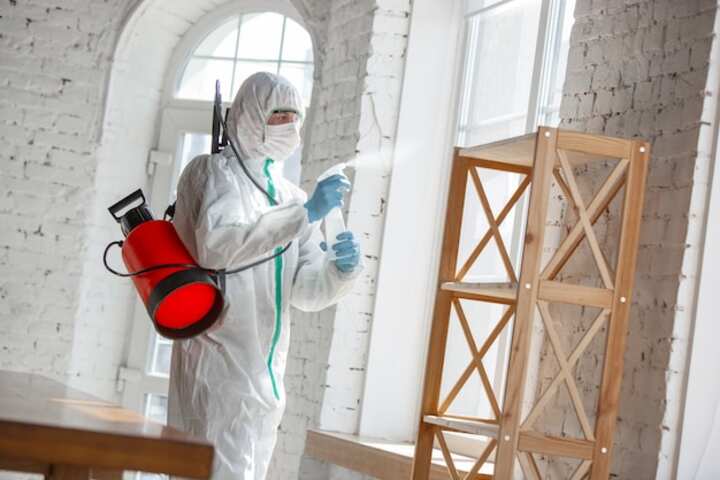
Expert Thermal Energy Inspection Services in Rocky River
As the demand for energy-efficient solutions continues to rise, thermal energy inspection services have become a critical component in maintaining optimal energy performance in buildings. In Rocky River, these services are essential for identifying areas where energy is being lost, inefficiencies in heating and cooling systems, and potential safety hazards due to inadequate insulation or ventilation. This article delves into the importance of thermal energy inspections, the process involved, and the benefits they offer to residential and commercial properties.
Understanding Thermal Energy Inspection
What is Thermal Energy Inspection?
Thermal energy inspection is a process that utilizes infrared technology to evaluate the thermal efficiency of a building. By capturing infrared images, inspectors can identify temperature variations in a structure, which often indicate areas of heat loss, moisture intrusion, or electrical issues. This non-invasive method provides a comprehensive overview of a building's energy performance.
Key Components of a Thermal Inspection
- Infrared Imaging: Utilizes thermal cameras to detect and visualize heat patterns.
- Analysis of Insulation: Determines the effectiveness of existing insulation and identifies areas where improvements are needed.
- Moisture Detection: Identifies areas of moisture buildup which can lead to mold growth.
- Electrical System Check: Detects hotspots that may indicate electrical failures or potential fire hazards.
The Process of Thermal Energy Inspection
The thermal energy inspection process is meticulously designed to ensure comprehensive evaluation and accurate results. It generally involves several key steps:
- Pre-Inspection Assessment: Evaluation of the property to identify specific areas of concern or focus.
- On-Site Inspection: Conducting a detailed survey using infrared cameras and other diagnostic tools.
- Data Analysis: Compiling and analyzing the thermal images and other collected data to identify issues.
- Reporting: Providing a detailed report that includes findings, recommendations for improvements, and energy-saving tips.
Benefits of Thermal Energy Inspection
Enhanced Energy Efficiency
One of the primary benefits of thermal energy inspection is the enhancement of energy efficiency. By identifying and rectifying areas of heat loss, property owners can significantly reduce their energy consumption, leading to cost savings. Read more about this topic.
Improved Comfort and Safety
Thermal inspections help in maintaining a comfortable indoor environment by ensuring that heating and cooling systems are functioning optimally. Additionally, by identifying electrical hotspots, these inspections help prevent potential hazards, thereby increasing the safety of the building. Learn more in this detailed guide.
Preventing Structural Damage
By detecting moisture and potential mold growth areas, thermal energy inspections can prevent long-term structural damage. Early detection allows for timely intervention, saving property owners significant repair costs. Explore further insights here.
Environmental Impact
Reducing energy consumption not only benefits the property owner financially but also contributes positively to the environment. By minimizing the carbon footprint, thermal inspections play a role in promoting sustainable building practices. Find additional information here.
Conclusion
In Rocky River, the significance of thermal energy inspection services cannot be overstated. With their ability to enhance energy efficiency, improve safety and comfort, and prevent costly structural damage, these inspections are a valuable investment for any property owner. As awareness and demand for energy-efficient solutions grow, the role of thermal energy inspections will continue to be a pivotal component in maintaining robust and sustainable building infrastructures.